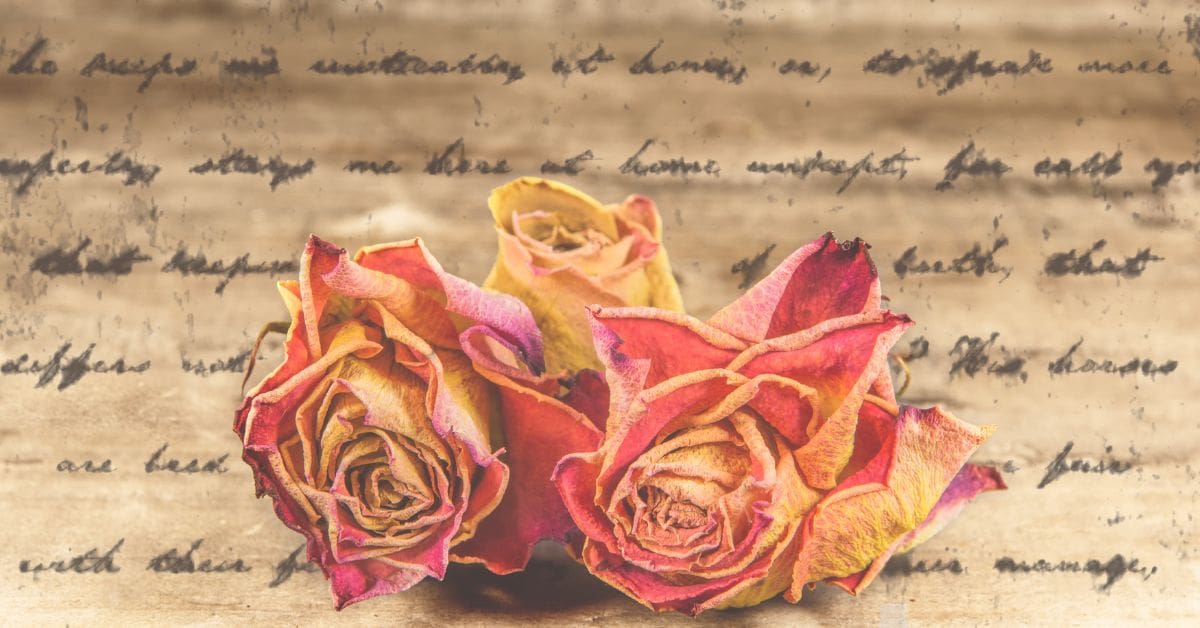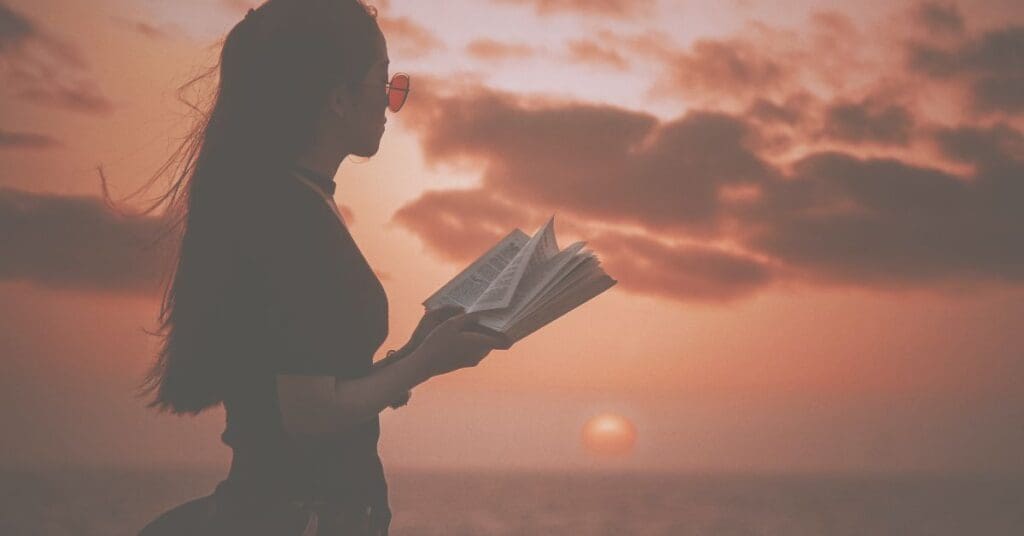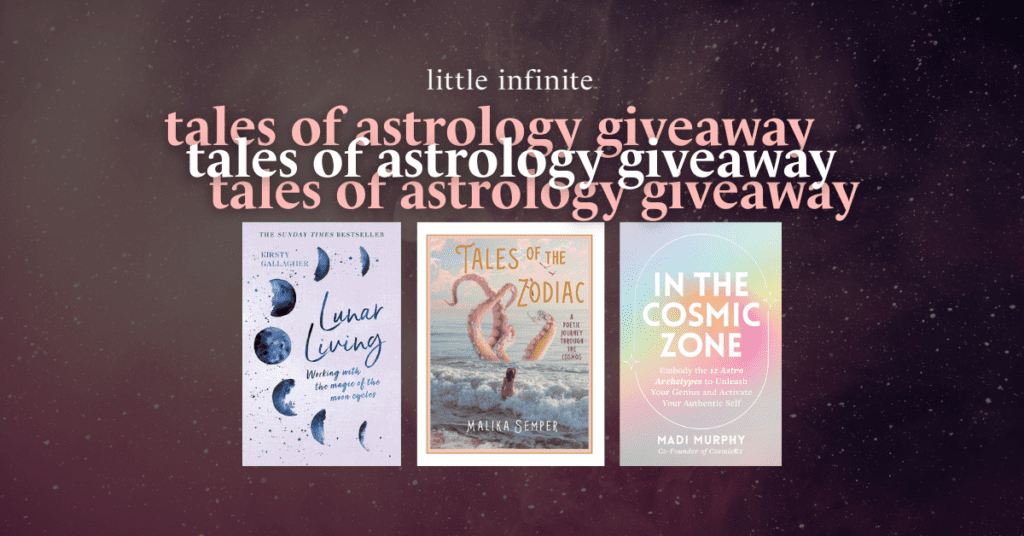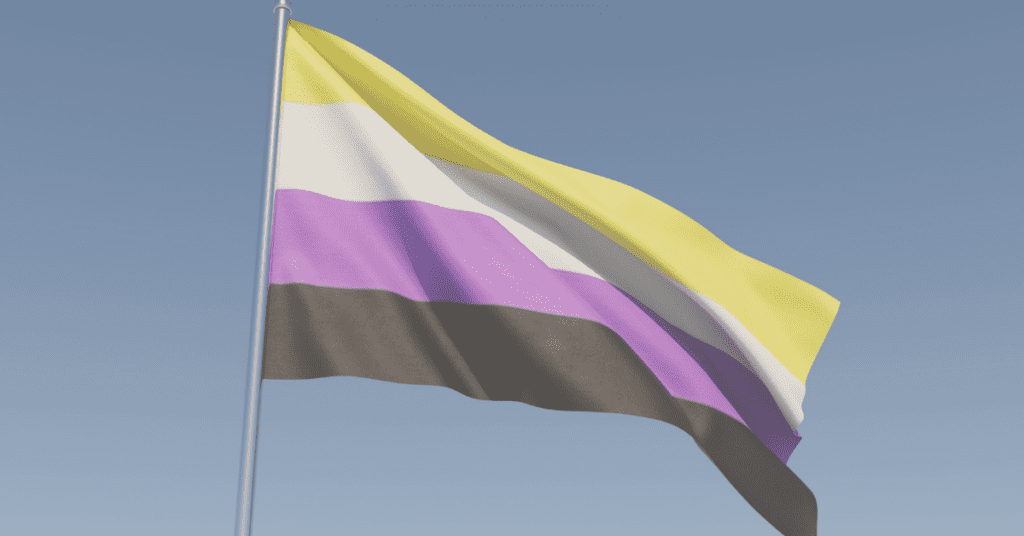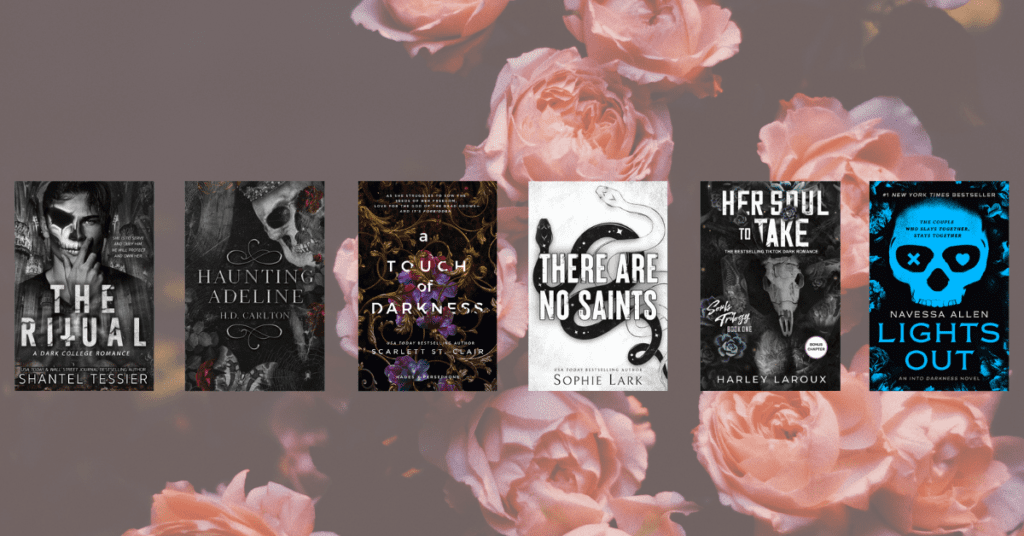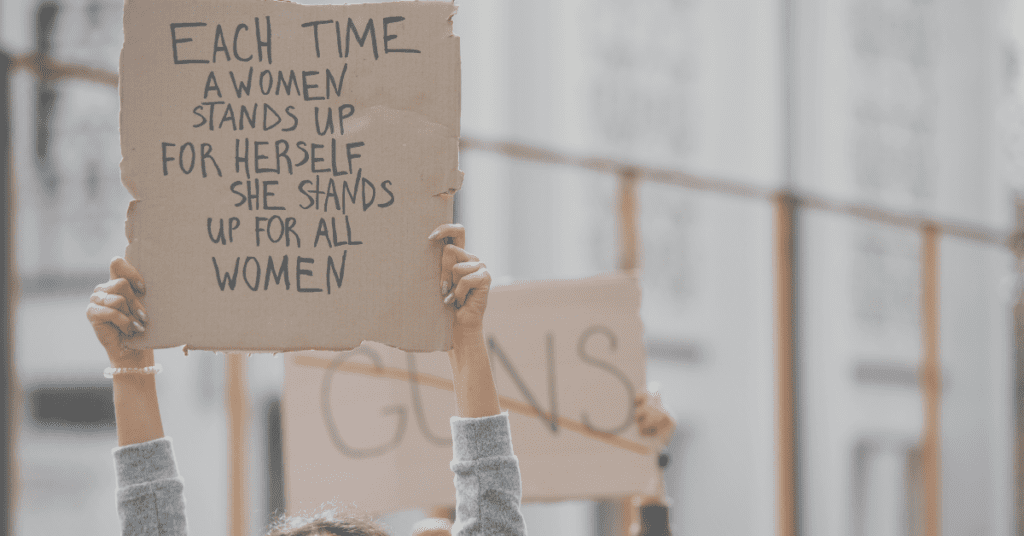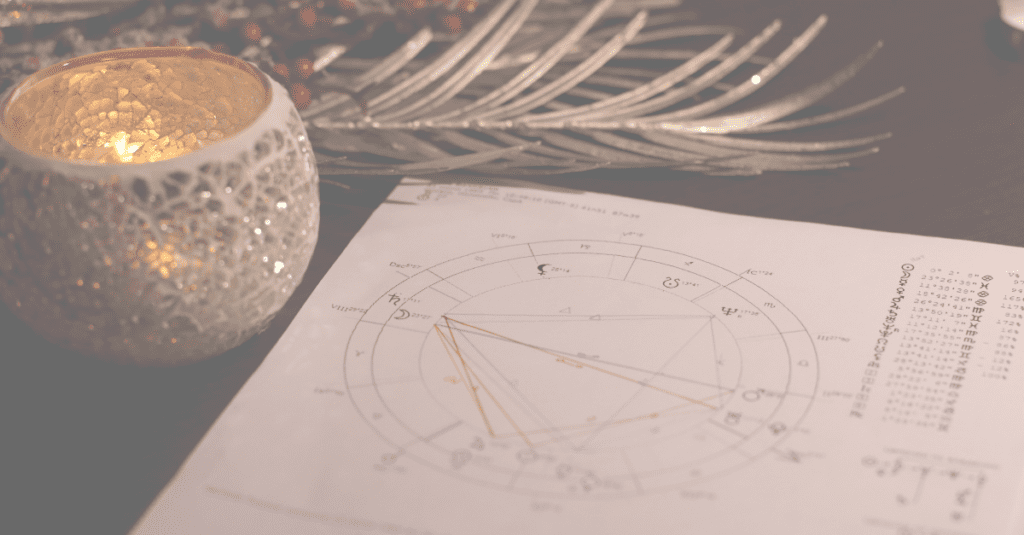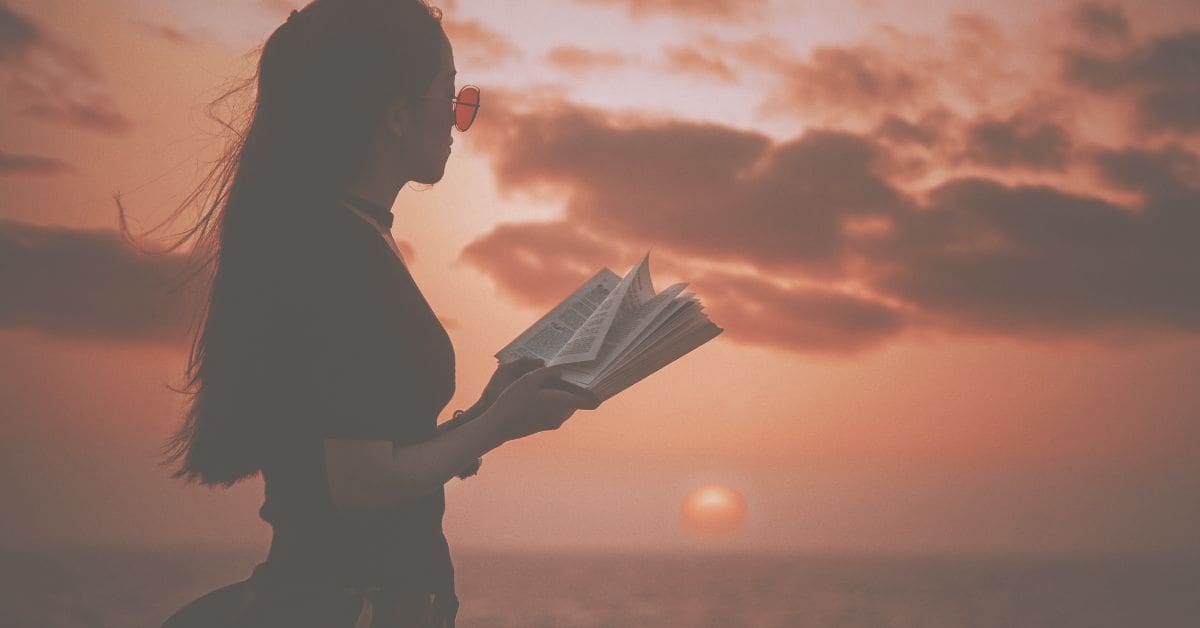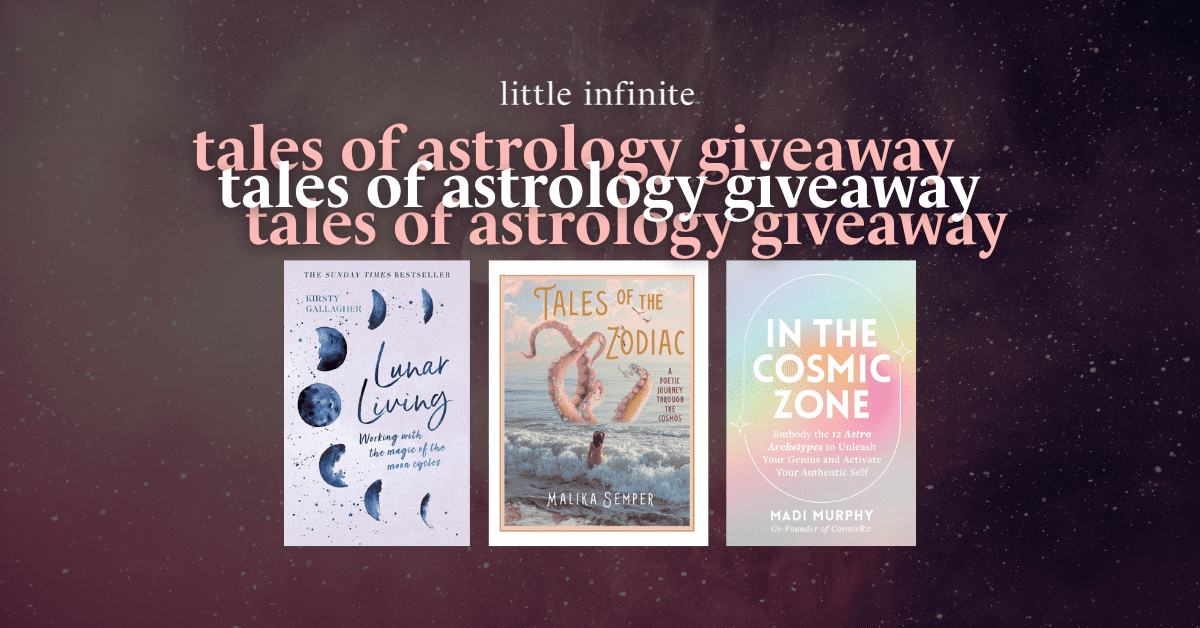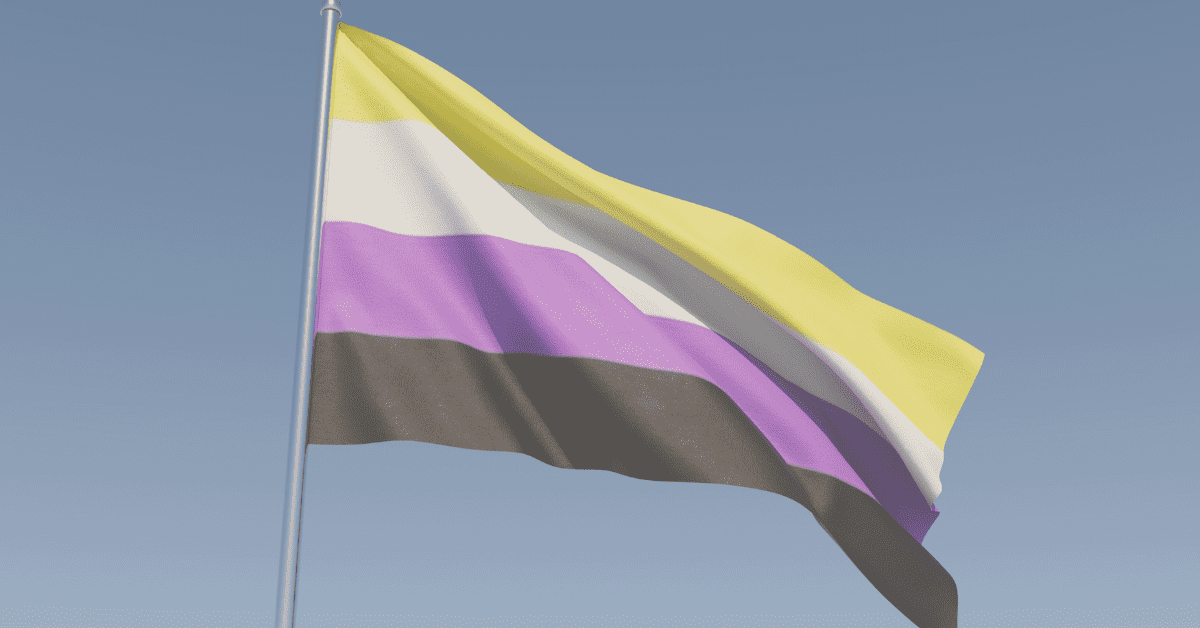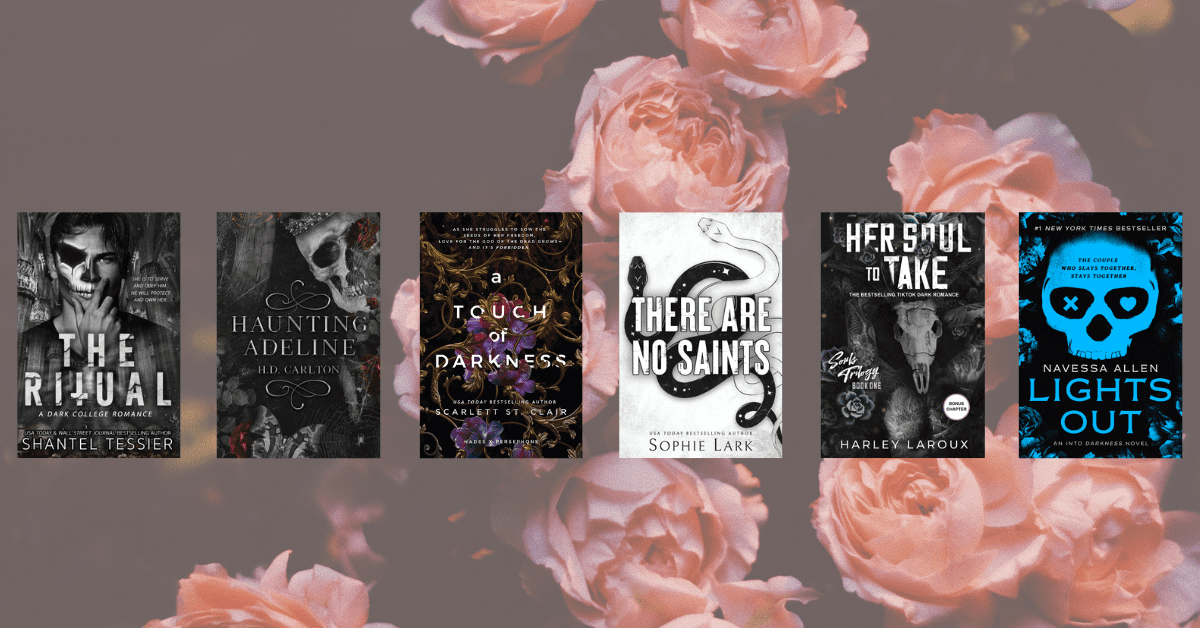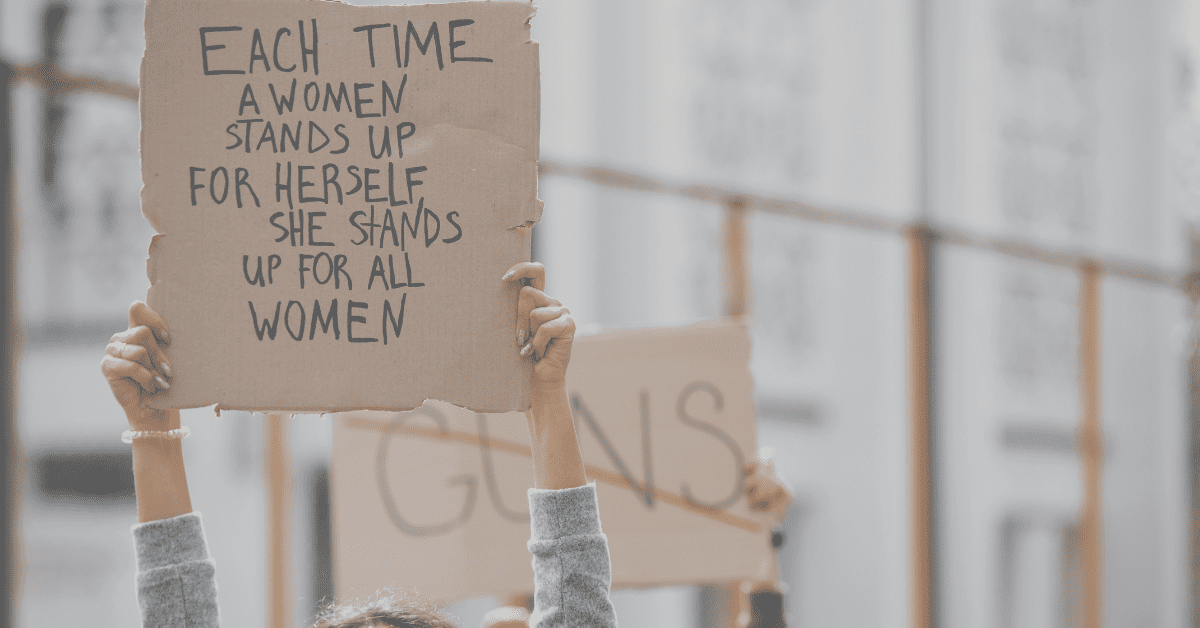Romanticist poetry of the Romantic period and the poets that started the movement.
Romanticism might invoke images of great poetic declarations of love and the broken hearts of some of the world’s best-known poets. However, this is not all the Romantic Period had to offer. It was a time of change and rebellion. A time of celebrating the natural world and human nature.
This period brought the world poetry from greats such as William Wordsworth, John Keats, Percy Bysshe Shelly, William Blake, and Lord Byron. These poets put their emotions on paper, celebrating nature and using their creativity to the fullest, rather than sticking to logic and reasoning.
Romanticism wanted to break the rules, celebrate personal freedom, and dwell in the imagination. It is a period that still heavily influences poetry today.
What is Romanticism?
The Romantic Period was a time of artistic and literary transformation. It spanned the late 18th and early 19th centuries and was a movement that celebrated individualism. It emphasized emotion and nature over the idea of reason and technology that flooded the world during the Industrial Revolution.
This period reconnected people with the raw emotions of humanity and the awe-inspiring wonders of nature. Romantic poets like Percy Bysshe Shelley and William Blake shared a common fascination with the sublime and the mysterious.
Romanticist Poetry
Poets like William Wordsworth and Samuel Taylor Coleridge ushered in a new era of verse during this movement. They looked back to the age of Greek mythology, medieval romances, and the work of William Shakespeare. Their poems celebrated the natural world, finding inspiration in the beauty of landscapes, the changing seasons, and the profound connection between humanity and nature.
“All good poetry is the spontaneous overflow of powerful feelings”
William Wordsworth
William Wordsworth described it best in his collection Lyrical Ballads in 1800. Poetry “takes its origin from emotion recollected in tranquillity.”
British Poets of the Romantic Era
The British Romantic poets were at the forefront of this literary revolution. Their works continue to captivate readers to this day. Many are familiar with the so-called “Big Six” poets, but so many influential poets during this period deserve recognition. Here is a small list of poets that built this movement.
William Blake
– Blake wasn’t a popular poet at the time, but his work truly embraced the aesthetic and style of the Romantic Period. Some of his best work, published in his collections Songs of Innocence and Songs of Experience, include poems such as “London” and “The Tyger.”
William Wordsworth
– English poet laureate for nearly ten years, Wordsworth is one of the most famous Romantic poets. He and Coleridge began this era of poetry when they published their collection Lyrical Ballads. Wordsworth loved nature and used the landscape of England as inspiration for many of his poems.
Samuel Taylor Coleridge
– Best known for his poems “Rime of the Ancient Mariner” and “Kubla Khan,” Coleridge was considered a great wordsmith by his fellow poets. While poets in the past used fanciful language to paint a picture, Coleridge used everyday words to evoke his imagery.
Lord Byron
– A man of romantic scandals, Byron is one of the most influential romantic poets. His most famous poem, “Don Juan,” is quite long, but a great satirical poem that offers a new look at an old Spanish legend.
Percy Bysshe Shelley
– Much like Blake, Shelley’s poetry didn’t receive much praise until after his death. His lyrical poetry was philosophical in nature. While he is known for his most famous work, Prometheus Unbound, Shelley is even better known for marrying author Mary Shelley.
John Keats
– Keats died at the age of 25 of tuberculosis. However, during the four years leading up to his death, Keats was beginning to be recognized for his great contributions to poetry. His work is filled with sensual imagery, emotion, and depictions of nature that make him stand out amongst his contemporaries.
Elizabeth Barrett Browning
– While unpopular with many readers during her life, Browning had no problem with writing about the injustices in society. Her poems, such as “The Cry of the Children,” drew attention to issues concerning women’s rights, child labor, and slavery.
Mary Robinson
– As an actress, Robinson lived her life in the public eye and was talked about frequently in the gossip columns. However, this didn’t stop her from writing poetry. Known as the “English Sappho,” not because of the content of her poetry, but because it was so beautifully written.
Modern Romantics
Today poets continue to draw inspiration from the Romantic Period. They explore similar themes of individuality, the sublime, and the complexities of the human experience and emotion. Nature, of course, remains an important inspiration to poets. Many embody the Romantic spirit, such as Mary Oliver who seeks to capture the essence of life’s profound moments.
The Romantic Period remains an important chapter in the history of poetry. It showcased a fresh perspective on the human experience, emphasizing the power of emotions, the beauty of nature, and the heroic spirit of individuals who dared to defy societal norms.
The poems from this period still move readers today. The legacy of Romanticism reminds us to embrace our passions and find solace in the natural world.
